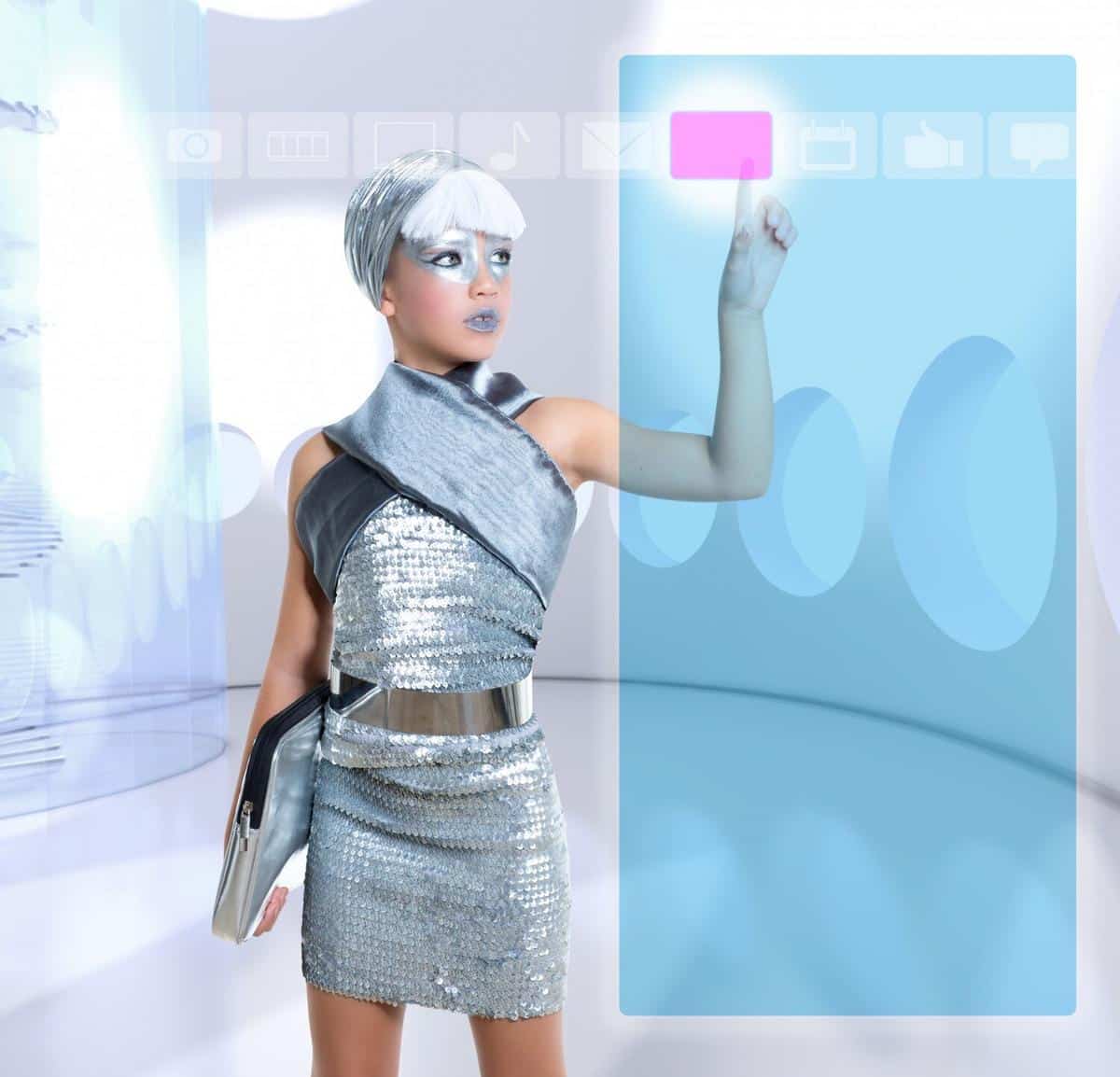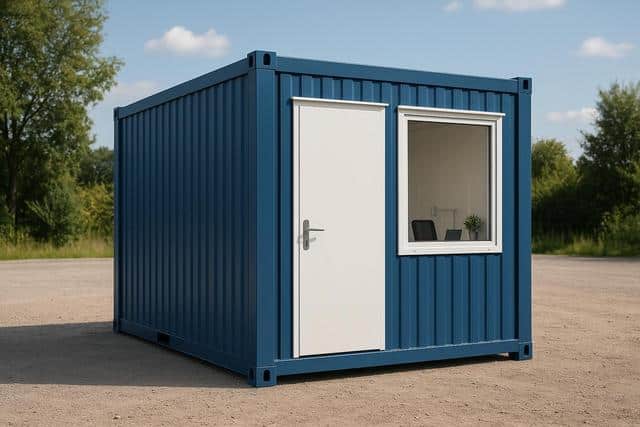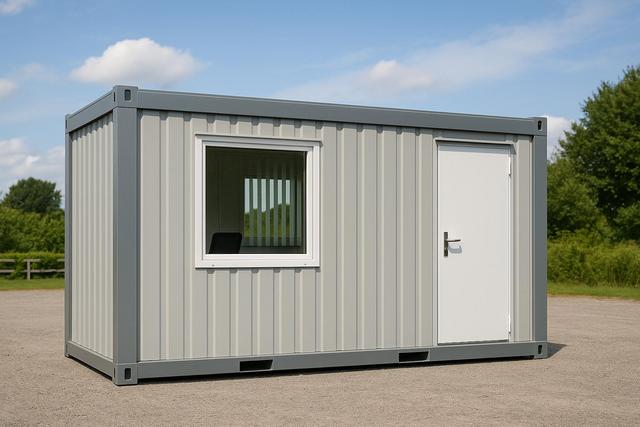
Virtual Fashion Shows: The Future of Runway Events?
Picture this: fashion enthusiasts from around the globe gathered virtually, experiencing the allure and excitement of a runway show from the comfort of their homes. This isn’t a futuristic dream; it’s the evolving reality of virtual fashion shows, reshaping the traditional catwalk experience.
Reimagining the Runway: A Digital Transformation
The fashion industry, known for its innovation and adaptability, is embracing digital transformation with open arms. Virtual fashion shows have emerged as a creative response to global challenges, offering an inclusive and accessible platform for designers and audiences alike. By leveraging technology, fashion houses are reimagining the runway, making it possible for anyone with an internet connection to witness the latest trends and collections.
The Rise of Virtual Fashion Shows
Virtual fashion shows gained momentum during the global pandemic, when physical gatherings were limited. According to a Business of Fashion report, digital shows increased by over 70% in 2020 alone. This shift not only ensured continued audience engagement but also opened up new avenues for creativity and expression.
“Virtual fashion shows are not just a temporary solution but a powerful tool for the future,” notes industry expert and fashion technologist, Anouk Wipprecht.
Benefits of Going Virtual
- Global Reach: No longer limited by geography, designers can showcase their collections to a worldwide audience.
- Cost-Effective: Reduced expenses on venue, travel, and logistics, making it more feasible for emerging designers.
- Interactive Experience: Enhanced viewer engagement with immersive technologies like VR and AR.
Challenges and Considerations
Despite the advantages, virtual fashion shows come with their own set of challenges. Technical issues, such as streaming quality and platform stability, can impact the viewer experience. Moreover, the lack of physical presence means designers must work harder to convey the texture and movement of their garments.
Actionable Tips for Designers
- Invest in high-quality video production to ensure a seamless viewer experience.
- Utilize social media platforms to boost visibility and audience interaction.
- Incorporate interactive elements like Q&A sessions to engage viewers.
Future of Fashion Shows: Hybrid Models?
Many industry insiders predict a hybrid model for future fashion events, combining the best of both worlds. Physical shows offer the tactile experience, while virtual elements broaden reach and accessibility. This approach not only caters to diverse audience preferences but also enhances the overall impact of fashion events.
| Aspect | Virtual Shows | Physical Shows |
|---|---|---|
| Reach | Global | Local/Regional |
| Cost | Lower | Higher |
| Audience Engagement | Digital Interaction | Live Reaction |
| Experience | Visual/Interactive | Tactile/Emotional |
| Flexibility | High | Moderate |
| Technology Use | Essential | Supplementary |
| Scalability | Easy | Limited |
| Environmental Impact | Lower | Higher |
FAQ
What is a virtual fashion show?
A virtual fashion show is a digital event where fashion collections are presented online through video streaming, often incorporating interactive elements.
How can designers benefit from virtual shows?
Designers can reach a broader audience, reduce costs, and engage viewers through innovative technologies.
Are virtual fashion shows here to stay?
Yes, they are expected to remain a significant component of the fashion industry, complementing traditional shows.
Conclusion: Embracing the Future
Virtual fashion shows are not just a trend but a transformative evolution in the fashion industry. By adopting digital innovations, designers and brands can reach new heights, engaging audiences in ways previously unimaginable. As we move forward, embracing both virtual and physical elements will likely define the future of runway events, offering a richer and more inclusive fashion experience for all.


